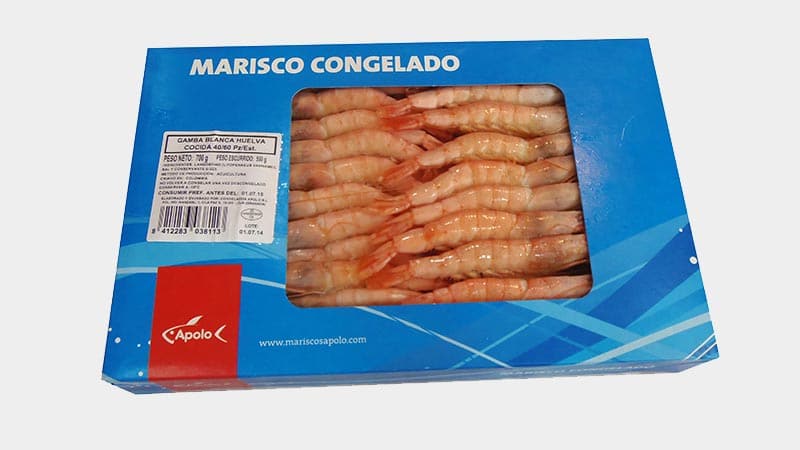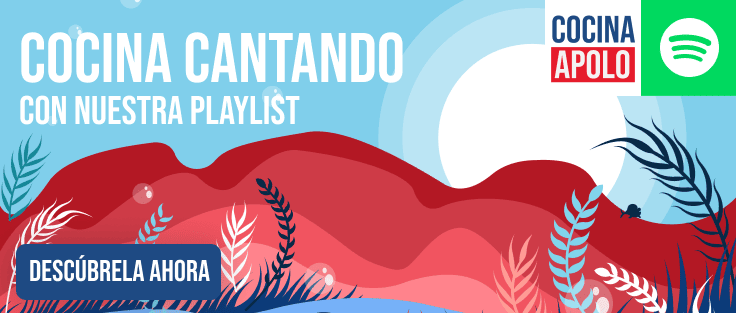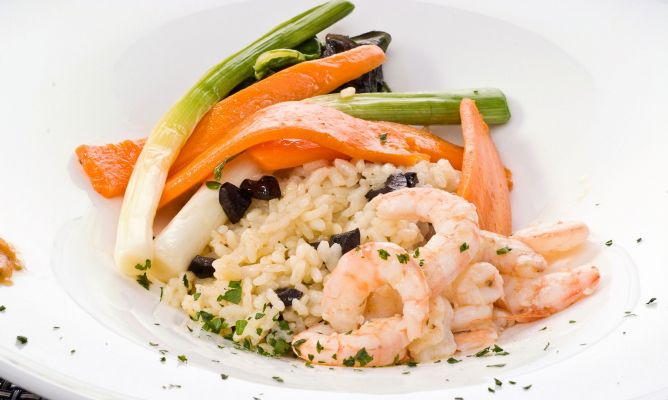
Grilled, cooked, with garlic, accompanying all kinds of rice…. It is not by chance that the white shrimp is one of the most demanded seafood in the gastronomy of different countries, including Spain. In addition to the variety of recipes it makes possible, with no seasonal or seasonal limitations, it also has a smooth and exquisite flavor of its meat, with an unmistakable texture.
The white shrimp differs at first sight from the red shrimp: the color not only denominates both species, but also gives them away. And although they share a family with the larger shrimp, their texture is softer and juicier.
Three flagship origins
The origin counts when buying white shrimp. And the fact is that certain fishing grounds stand out in the world market for their extra quality, raising their products to the gastronomic Olympus, if it existed. Among the most coveted varieties for the delicious flavor linked to their origin, three stand out: white shrimp from Huelva, Greece and Turkey.
The white shrimp from Huelva is one of the most popular and acclaimed in Spanish gastronomy. That is why fairs such as those of Punta Umbría, Isla Cristina or Huelva are held in its name. Its fame has also crossed borders, as has that of the Turkish white shrimp. Turkish white shrimpIt is one of the most valued internationally, together with the Huelva and Madagascar shrimp.
Completing this trio of aces is the Greek white shrimpeven more highly prized than the red shrimp. Its light red tone distinguishes it, but also its delicate flesh of unforgettable flavor.
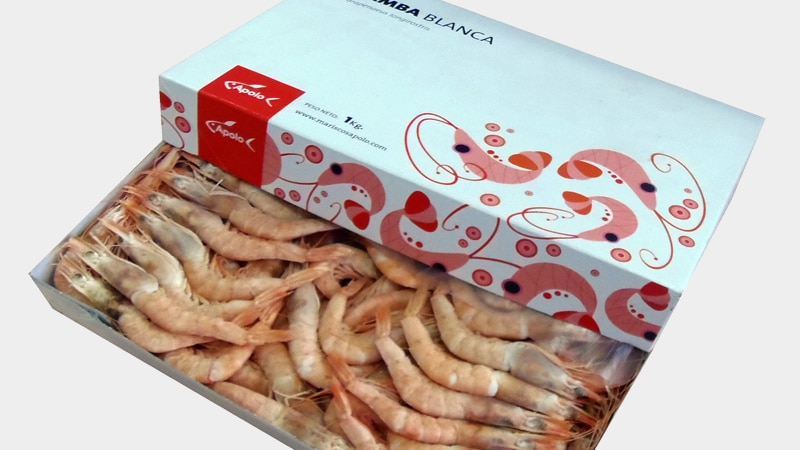
At Congelados Apolo we commercialize the three varieties for wholesalers and retail, as well as other types of frozen shrimps in different formats that you can check here. you can consult here.
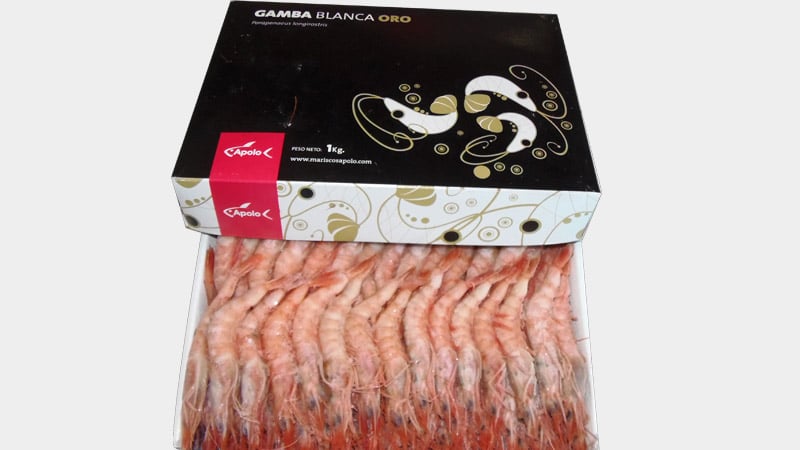
The nutritional value of shrimp
If shrimps are a delight because of their taste, their important nutritional value is not negligible either. This delicacy of the sea is rich in protein, contains essential amino acids and is not at odds with the scale, due to its low fat content.
It also stands out for its iodine content, which is beneficial for the metabolism, but also for strengthening skin, nails and hair, helping to maintain natural beauty. It also contains other minerals such as calcium and phosphorus, essential for bones, but also sodium, magnesium, small amounts of iron and zinc.
On the other side of the coin there is a downside: due to its cholesterol and purine content, it is recommended to control its consumption among people with high cholesterol or uric acid levels.
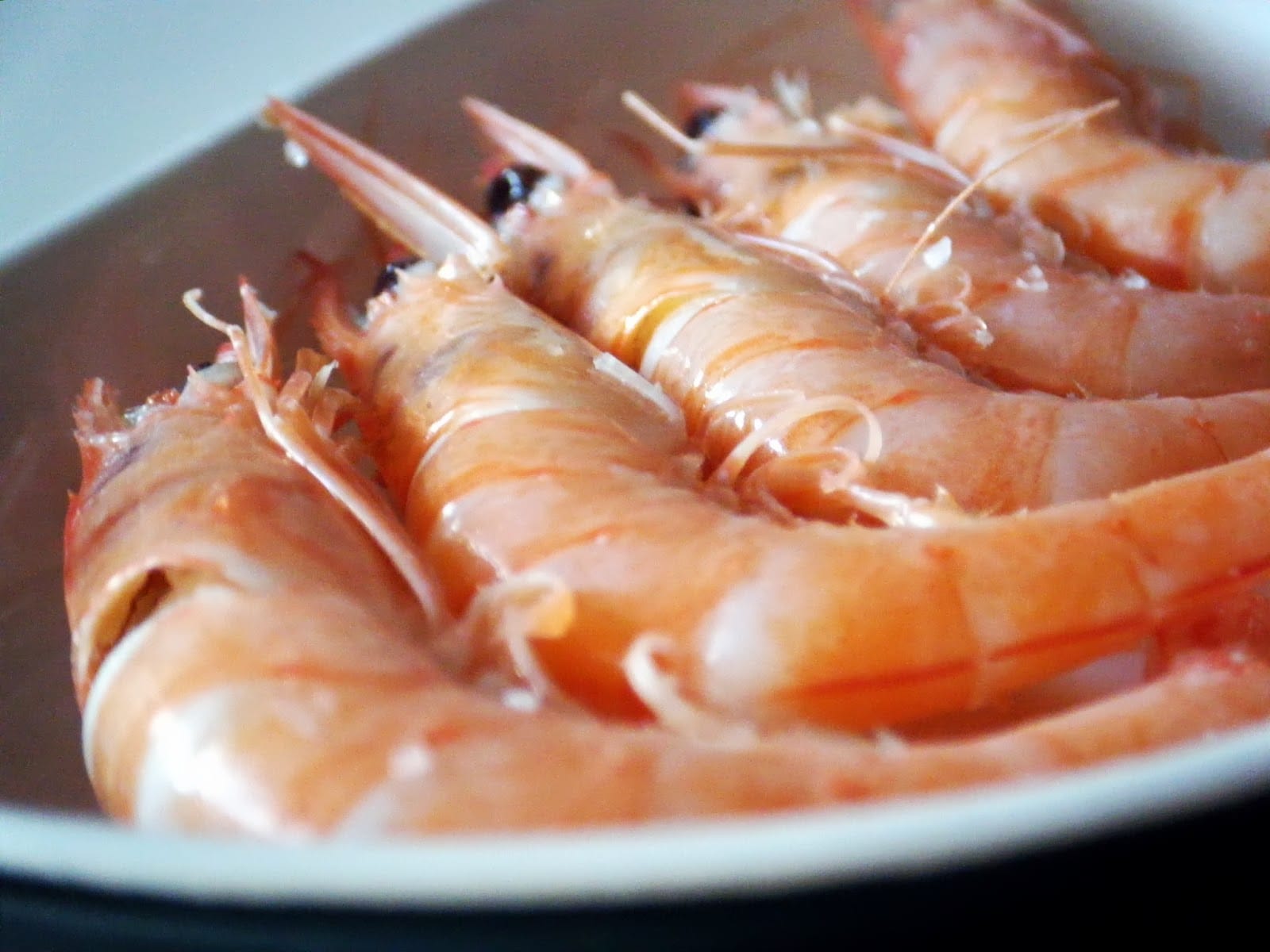
#YouKnowWhat.
1. Shrimp think with their heart, as they have it in their head, where they also carry eggs.
2. All shrimp are born male and change sex at 2-4 years of age.
3. Although out of the water shrimp turn light pink or red (depending on the species), in the deep sea they are transparent.
4. Shrimp are the closest thing to a ‘marine chameleon’, since given enough time they can change their color to camouflage themselves and prevent predator attacks.
5. The red shrimp ‘winters’ every decade in the western Mediterranean. A CSIC investigation revealed an inexplicable mystery that had shellfish gatherers upside down: the cyclical disappearance of the red shrimp every ten years. This master class in marine prestidigitation is not due to shrimp being the‘David Copperfield of the sea’. The X-file is explained by a phenomenon known as “underwater cascading”, caused when the surface of the Mediterranean cools excessively, increasing its density. As it becomes heavier, the cold water descends to the depths, dragging the shrimp from the surface with it. This lower temperature liquid is rich in nutrients, which helps the shrimp larvae to develop, favoring the renewal of the population.


